Guide To American’s Business Class Seats On The 777 & 787
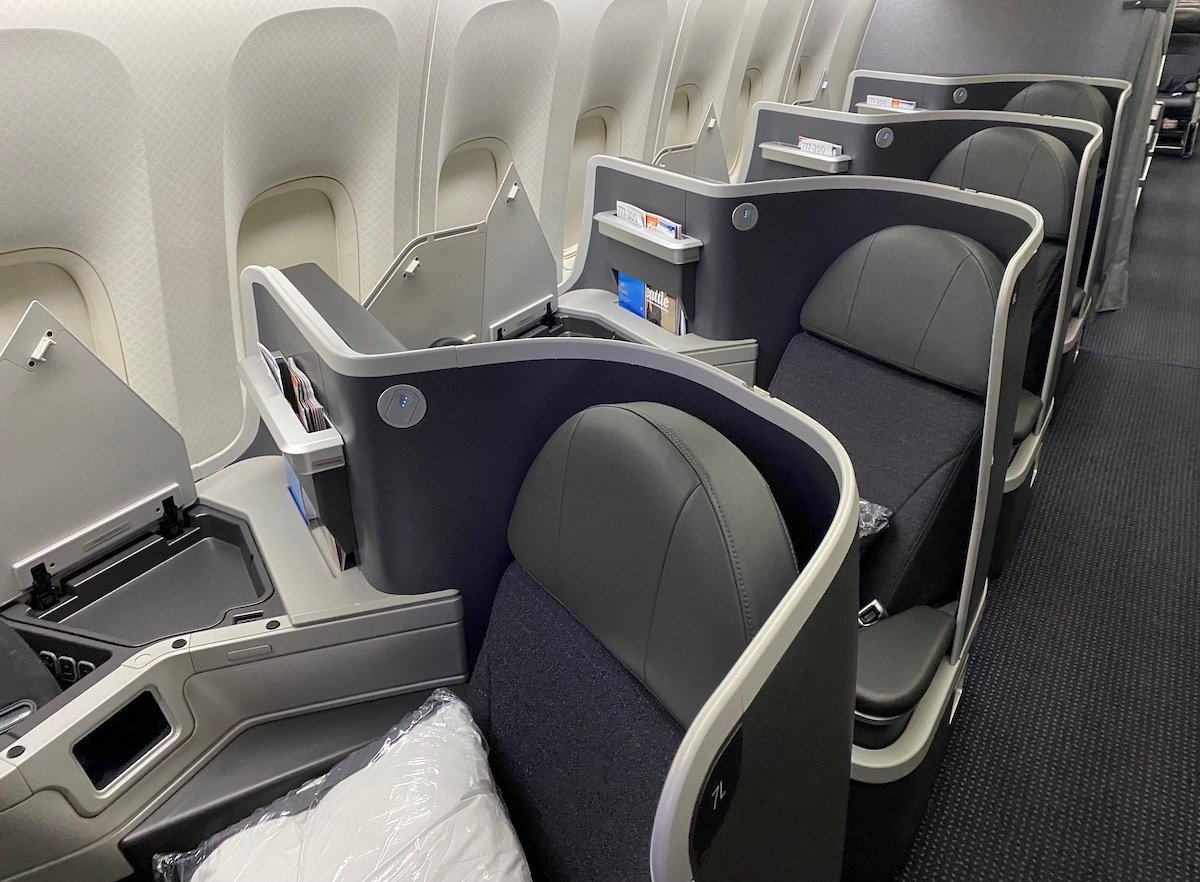
There’s often some confusion about which American Airlines wide body jets have which business class seats. In this post I wanted to provide a rundown of which seats you should expect to find in business class on various long haul flights (this is separate from the seats you’ll find in premium cabins on narrow body domestic flights).
American’s three business class seats
American has three different kinds of business class seats on its wide body aircraft, with the fleet comprised of Boeing 777s and Boeing 787s. The good news is that all American wide body jets feature fully flat beds and direct aisle access from all business class seats. Nonetheless, people have different preferences, and not all seats are created equal.
I actually think American’s long haul business class hard product is an advantage that American has, in terms of consistency:
- United Polaris business class is now available on most long haul aircraft, though the catch is that United has some 777s with eight seats per row in business class (used primarily for domestic flights), and also has some 757s that are used for long haul flights, including across the Atlantic
- Delta One business class lags the competition in terms of consistency of long haul product; specifically, I think Delta’s 767 business class is inferior to the business class products offered by American and United
So with the above out of the way, let’s take a look at American’s three types of business class seats, from most common to least common. Then in the next section I’ll cover on which planes you’ll find which seats.
Collins Aerospace Super Diamond seat
The Collins Aerospace Super Diamond product is American’s most common business class seat. This is a reverse herringbone product in a 1-2-1 configuration, with all seats facing forward. It’s also the same seat that you’ll find on many airlines nowadays.
I’d say that this is the product that’s most popular with passengers. There’s not much variance in quality between seats, the seats are still quite modern, and tech is good. The only catch is that I find the footwell in this product to be quite small, as is common in many modern business class seats.
See my review of American’s Collins Aerospace Super Diamond seat.
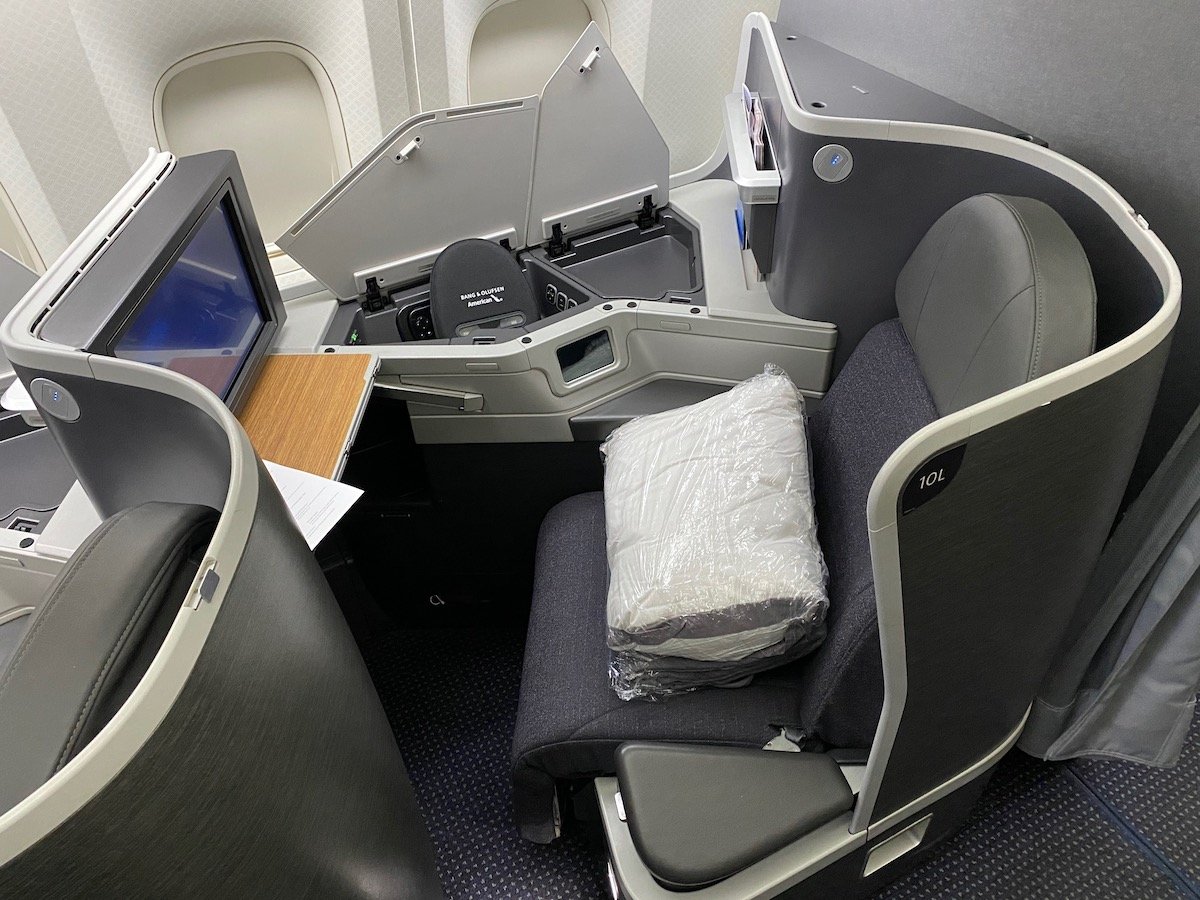
Safran Concept D seat
The Safran Concept D seat is American’s next most common business class seat. This is a staggered product in a 1-2-1 configuration, with seats alternating between being forward and rear facing. You won’t find these seats on any other airlines.
Many people don’t like these seats due to the lack of storage, plus there’s an issue whereby these seats “shake,” due to how they’re paired. Furthermore, these are some of American’s older business class cabins, so many of them have some wear and tear. However, I quite like that these seats have ottomans rather than footwells, so it’s quite comfortable in bed mode.
See my review of American’s Safran Concept D seat.
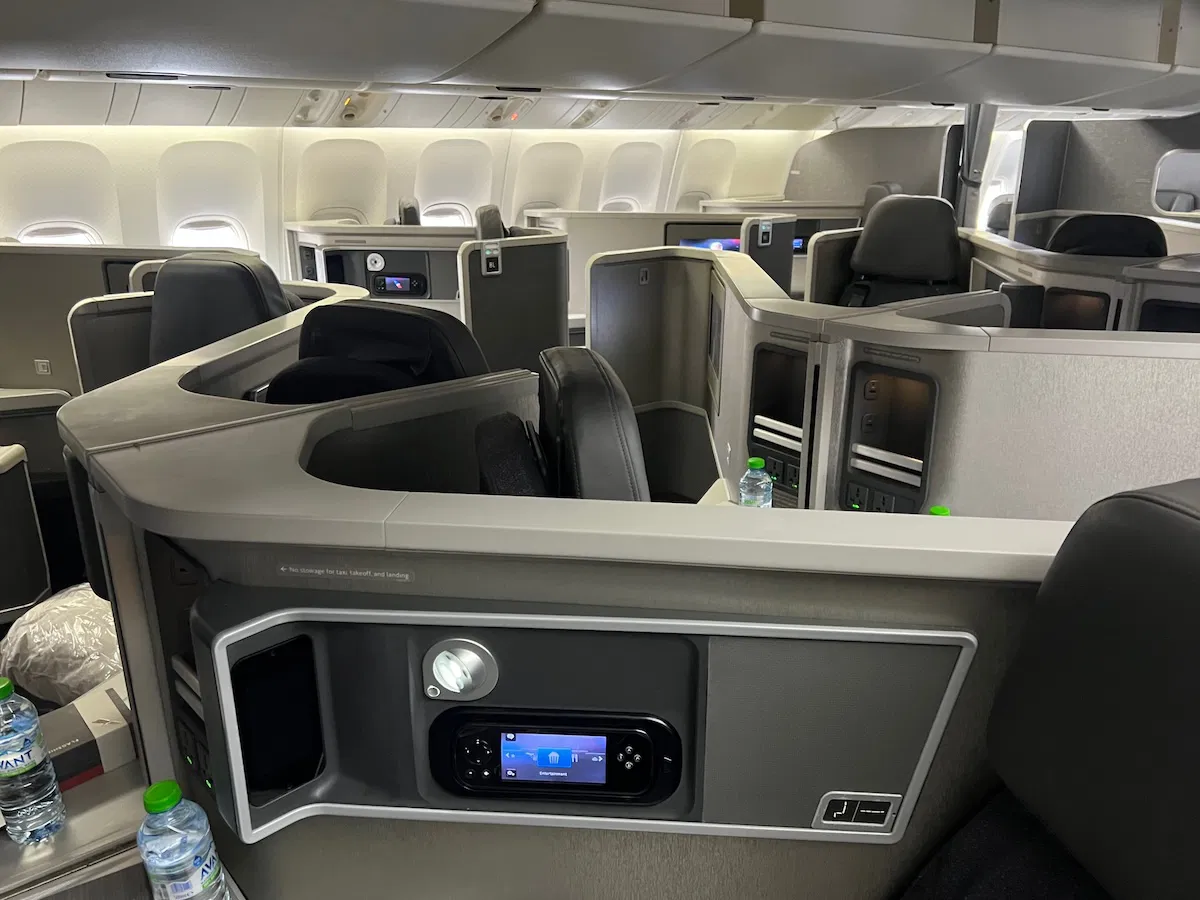
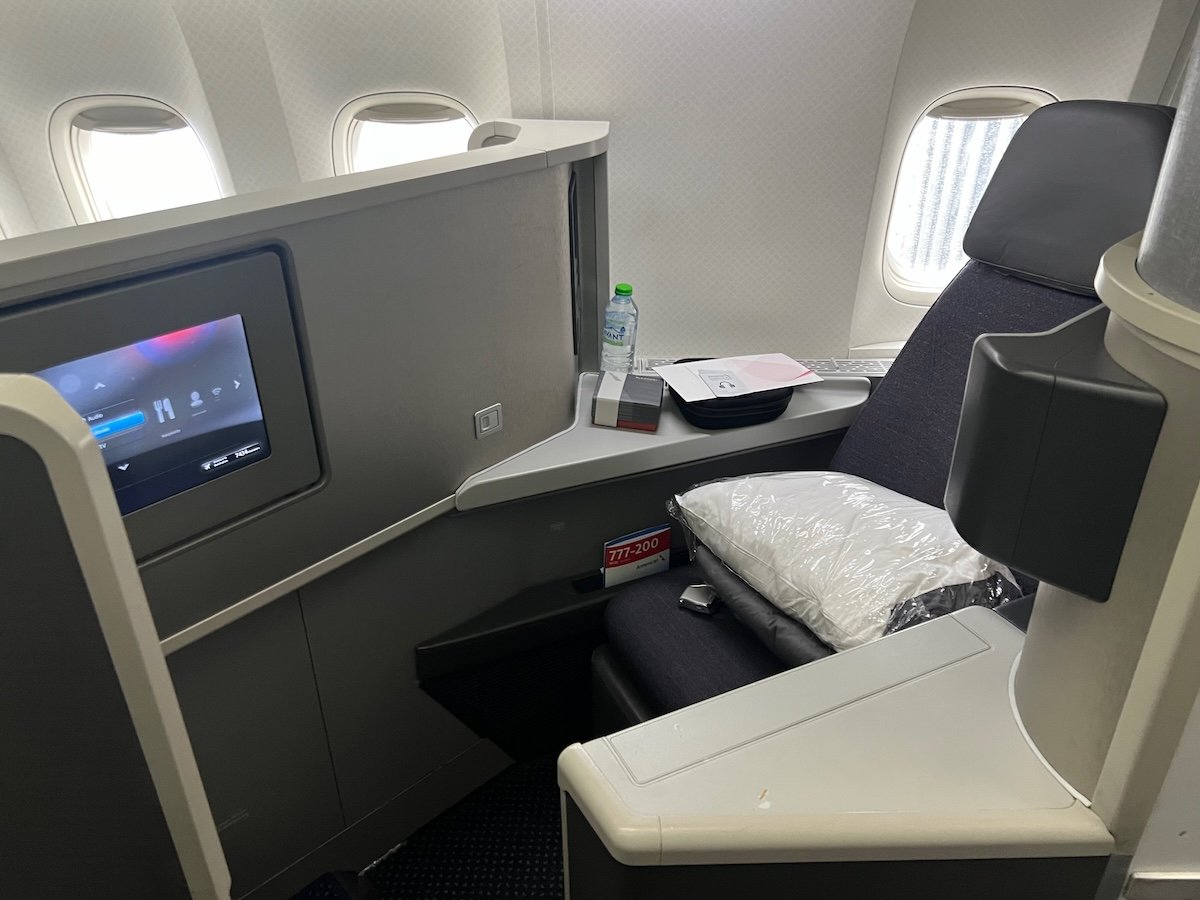
Safran Cirrus seat
The Safran Cirrus seat is American’s least common type of business class seat. This is a reverse herringbone product in a 1-2-1 configuration, with all seats facing forward. This is the less common reverse herringbone seat that you’ll find nowadays.
Personally I think the Collins Aerospace Super Diamond seat is just a bit more “evolved” than the Safran Cirrus seat, but many people like this product as well.
See my review of American’s Safran Cirrus seat.
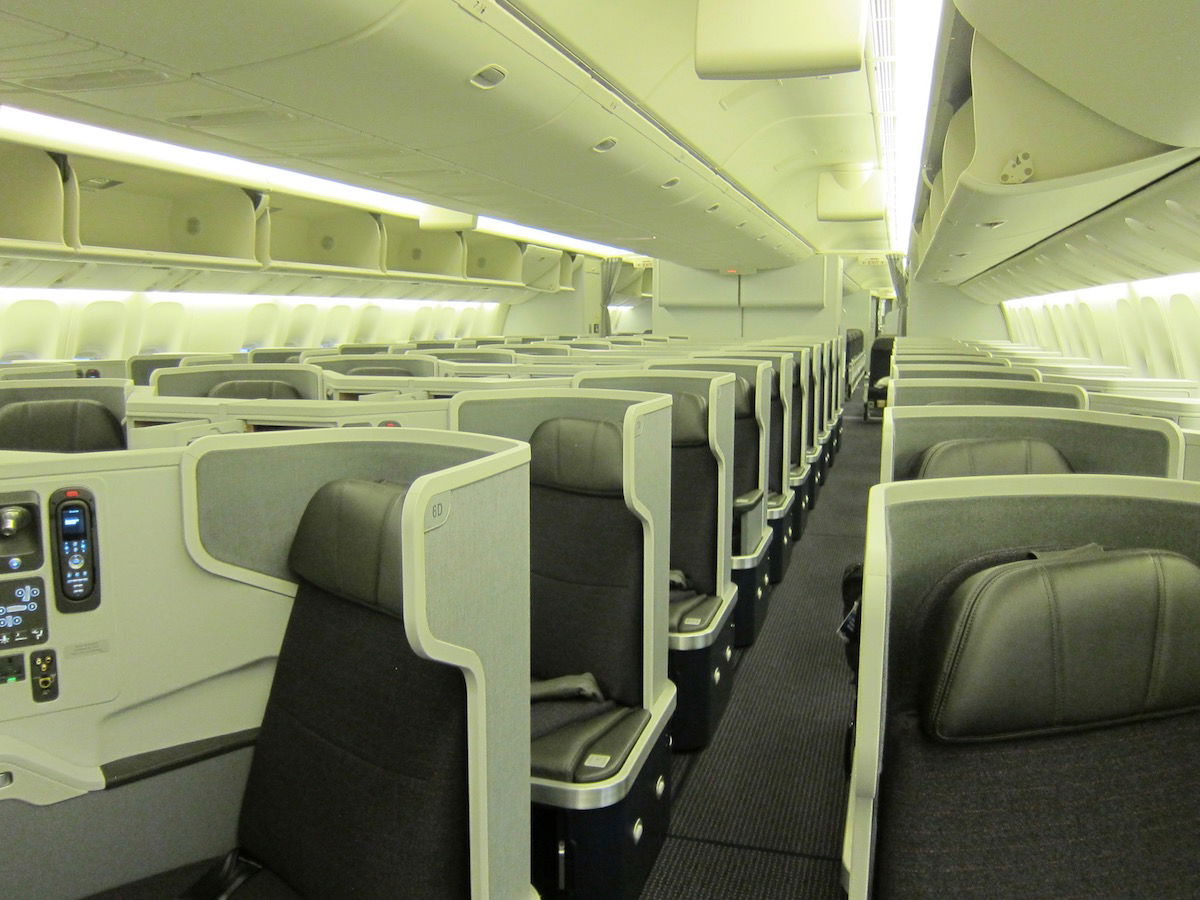
American’s business class seats by aircraft
While the above covers American’s three types of long haul business class seats, let’s talk about which seats you’ll find on which aircraft. Specifically, American flies four long haul aircraft variants, all from Boeing — the 777-200ER, the 777-300ER, the 787-8, and the 787-9. Two of those jets have only type of business class seat, while two of the jets have two kinds of business class seats.
Note that American plans to soon introduce a new business class product, and below I’ll note whether or not an aircraft is expected to feature these new cabins at some point.
American’s Boeing 777-200ER business class seat
American has 47 Boeing 777-200ERs in its fleet, each with 37 business class seats. Of those jets, 28 have the Collins Aerospace Super Diamond seats, while 19 have the Safran Concept D seats. As you can tell, the fleet is split about 60% and 40%.
Since the number of seats is identical, American swaps these planes between routes interchangeably, so there’s no way to know at the time of booking which product you’ll get. By default, American will display the Super Diamond seat map (since those planes are more common). Then within a few days of departure, American starts to firm up aircraft assignments, and adjusts seat maps accordingly.
The way to spot the difference on the seat map is based on whether seats in alternating rows have a little “V” cutout at the top. The seats with those cutouts are rear facing seats. So if the seat map has the cutout (shown with the 787-8 seat map a couple of sections down), it represents the Safran Concept D configuration, while if it doesn’t, it represents the Collins Aerospace Super Diamond configuration.
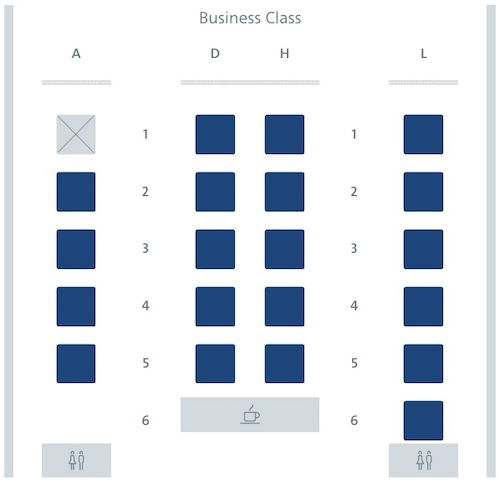
American has no plans to reconfigure existing 777-200ERs with the new business class.
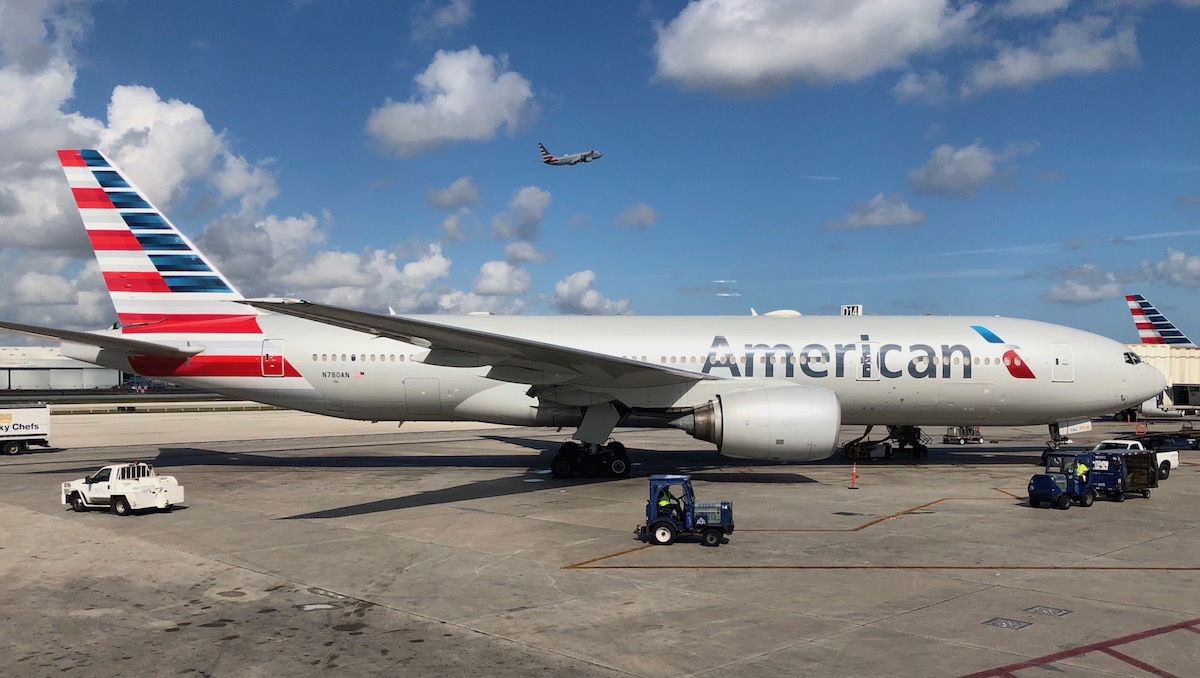
American’s Boeing 777-300ER business class seat
American has 20 Boeing 777-300ERs in its fleet, each with 52 business class seats. These planes all feature the Safran Cirrus product, so you know exactly what you’re going to get.
Note that American plans to reconfigure its 777-300ERs with the new business class, and it’s expected that this work could start around early 2025. However, those plans haven’t been finalized yet.

American’s Boeing 787-8 business class seat
American has 38 Boeing 787-8s in its fleet, each with 20 business class seats. Of those jets, 20 have the Safran Concept D seats, while 18 have the Collins Aerospace Super Diamond seats. As you can tell, the fleet is split pretty evenly, with the slight edge going to the Safran Concept D seats.
Since the number of seats is identical, American swaps these planes between routes interchangeably, so there’s no way to know at the time of booking which product you’ll get. By default, American will display the Safran Concept D seat map (since those planes are more common). Then within a few days of departure, American starts to firm up aircraft assignments, and adjusts seat maps accordingly.
The way to spot the difference on the seat map is based on whether seats in alternating rows have a little “V” cutout at the top. The seats with those cutouts are rear facing seats. So if the seat map has the cutout, it represents the Safran Concept D configuration, while if it doesn’t (shown with the 777-200ER seat map a couple of sections up), it represents the Collins Aerospace Super Diamond configuration.
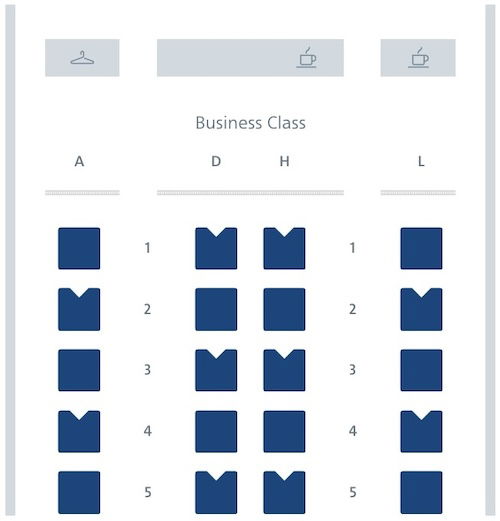
American has no plans to reconfigure existing 787-8s with the new business class.
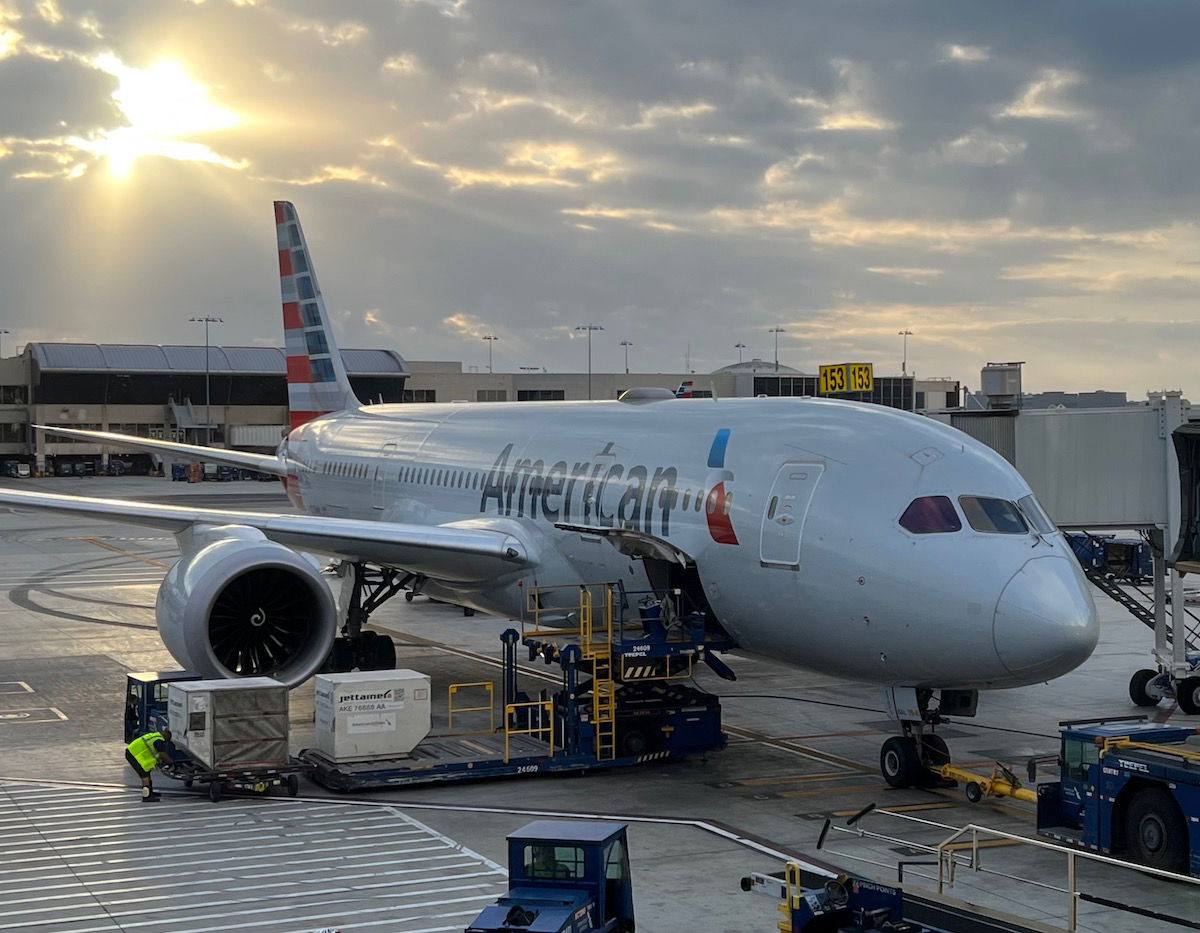
American’s Boeing 787-9 business class seat
American has 22 Boeing 787-9s in its fleet, each with 30 business class seats. These planes all feature the Collins Aerospace Super Diamond product, so you know exactly what you’re going to get. Many American frequent flyers like the 787-9 for this reason, since you’re getting what’s arguably American’s best business product, and there’s no gamble.
Note that American has an additional 30 787-9s on order, which are expected to be delivered starting in late 2024. These will be in an ultra-premium configuration, and will feature American’s new business class suites. However, there are no firm plans to reconfigure existing aircraft.
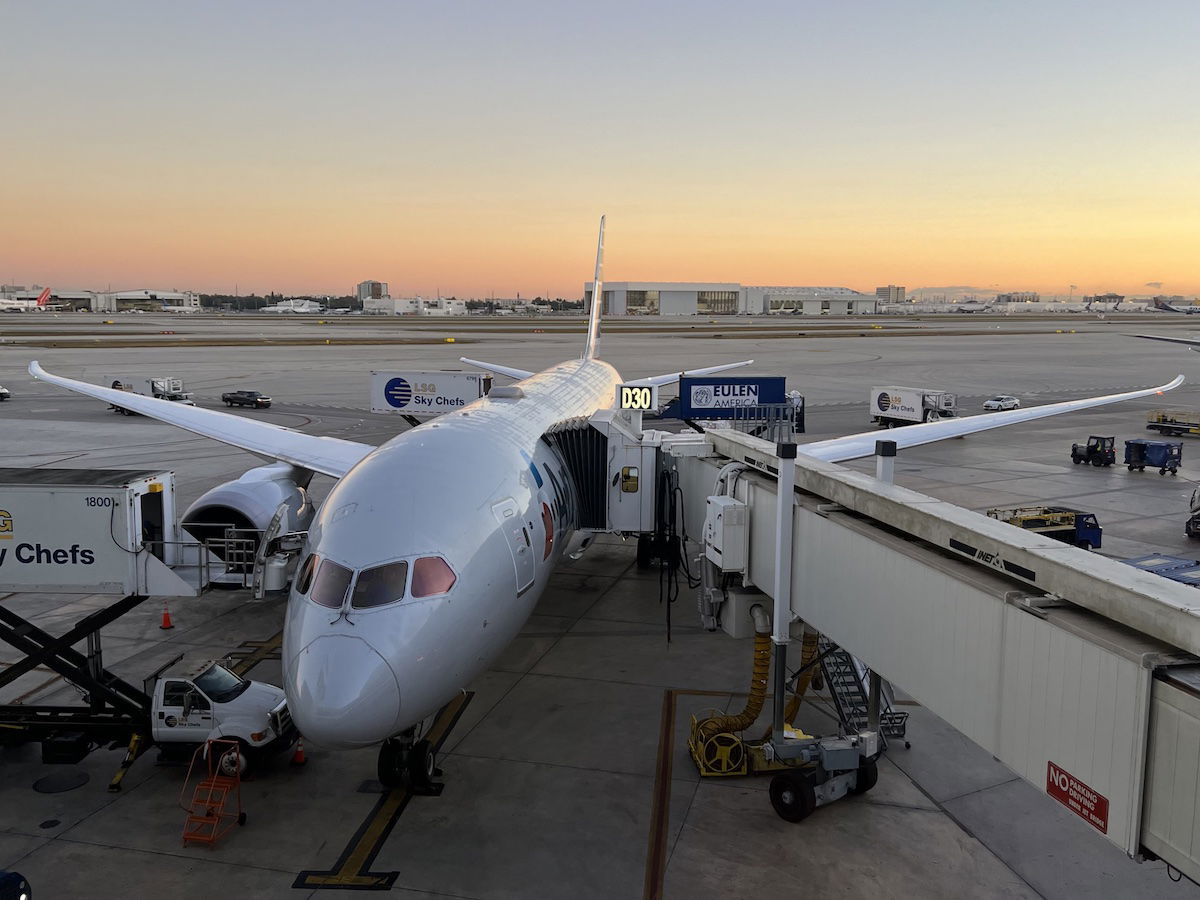
Bottom line
American has three different long haul business class seats, and for the average traveler, it can be hard to keep track of which seat you’ll find on which aircraft. Hopefully the above is a useful rundown.
To summarize, all 777-300ERs have Safran Cirrus seats, all 787-9s have Collins Aerospace Super Diamond seats, and 777-200ERs and 787-8s have a mix of Safran Concept D seats and Collins Aerospace Super Diamond seats. For those aircraft types with mixed seating, you won’t know until a few days before departure which type of product is scheduled for your flight.
The good news is that all three of these seats are pretty great, at least in my opinion. While some people have strong preferences, personally I don’t.
What’s your favorite of American’s three business class seats?
Related
Painesville American Legion post plans July 20 family fun day
American Legion Post 336 in Painesville is planning a July 20 family fun day at its 60 Chester St. post with remembrance ceremonies, food, giveaways, live music
Turkish-American business meeting highlights CANiK’s role in defense cooperation
During a meeting hosted by the Turkish American Business Council (TAIK) and the American Turkish Business Development Council (ATBR) in Washington, Turkish
Growth in core business lines produces improved profits for BNY
This is a developing story. Please check back here for updates. BNY Mellon grew its core custody and wealth management businesses while tamping down operating













